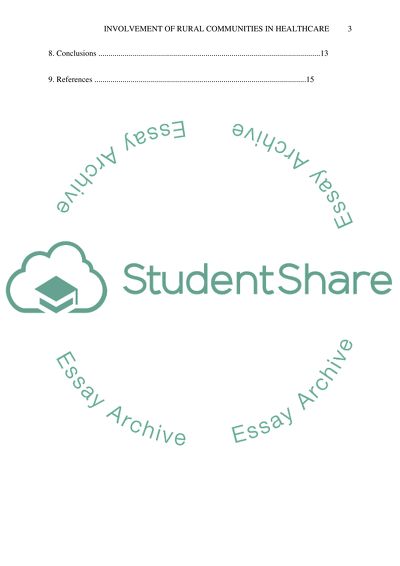Cite this document
(“Involvement of Rural Communities in Healthcare Research Paper”, n.d.)
Involvement of Rural Communities in Healthcare Research Paper. Retrieved from https://studentshare.org/health-sciences-medicine/1431926-paramedics-area-research-project
Involvement of Rural Communities in Healthcare Research Paper. Retrieved from https://studentshare.org/health-sciences-medicine/1431926-paramedics-area-research-project
(Involvement of Rural Communities in Healthcare Research Paper)
Involvement of Rural Communities in Healthcare Research Paper. https://studentshare.org/health-sciences-medicine/1431926-paramedics-area-research-project.
Involvement of Rural Communities in Healthcare Research Paper. https://studentshare.org/health-sciences-medicine/1431926-paramedics-area-research-project.
“Involvement of Rural Communities in Healthcare Research Paper”, n.d. https://studentshare.org/health-sciences-medicine/1431926-paramedics-area-research-project.


